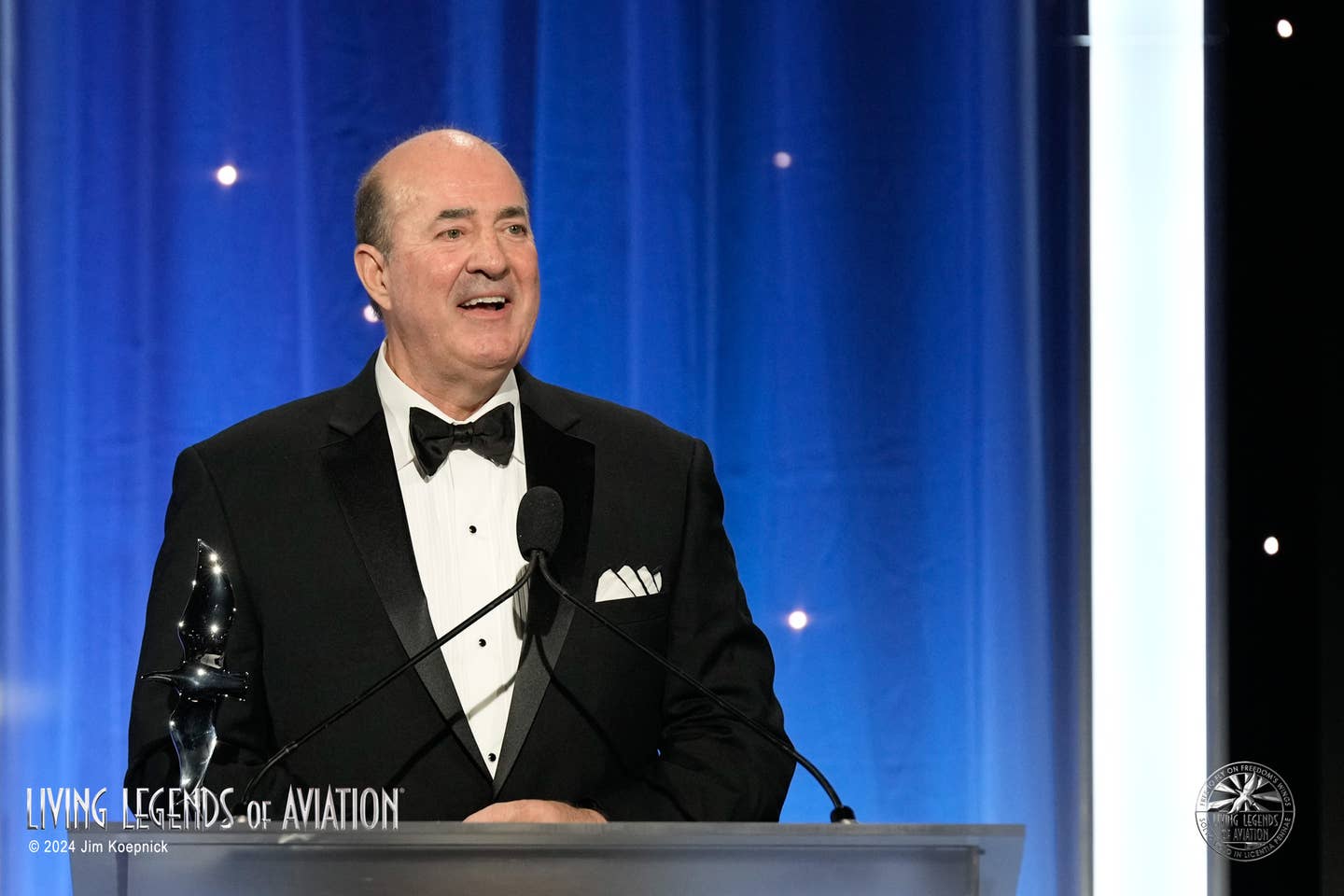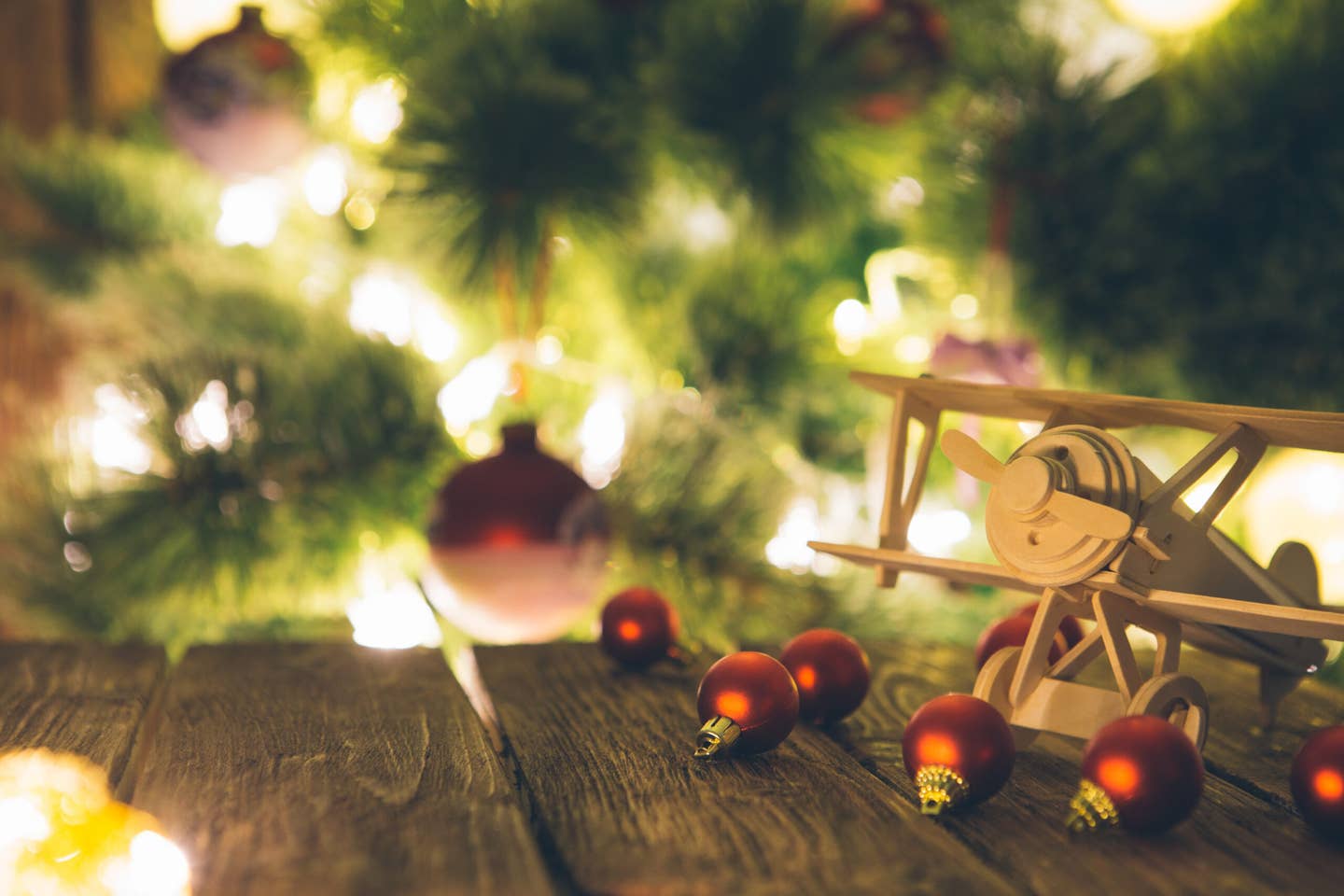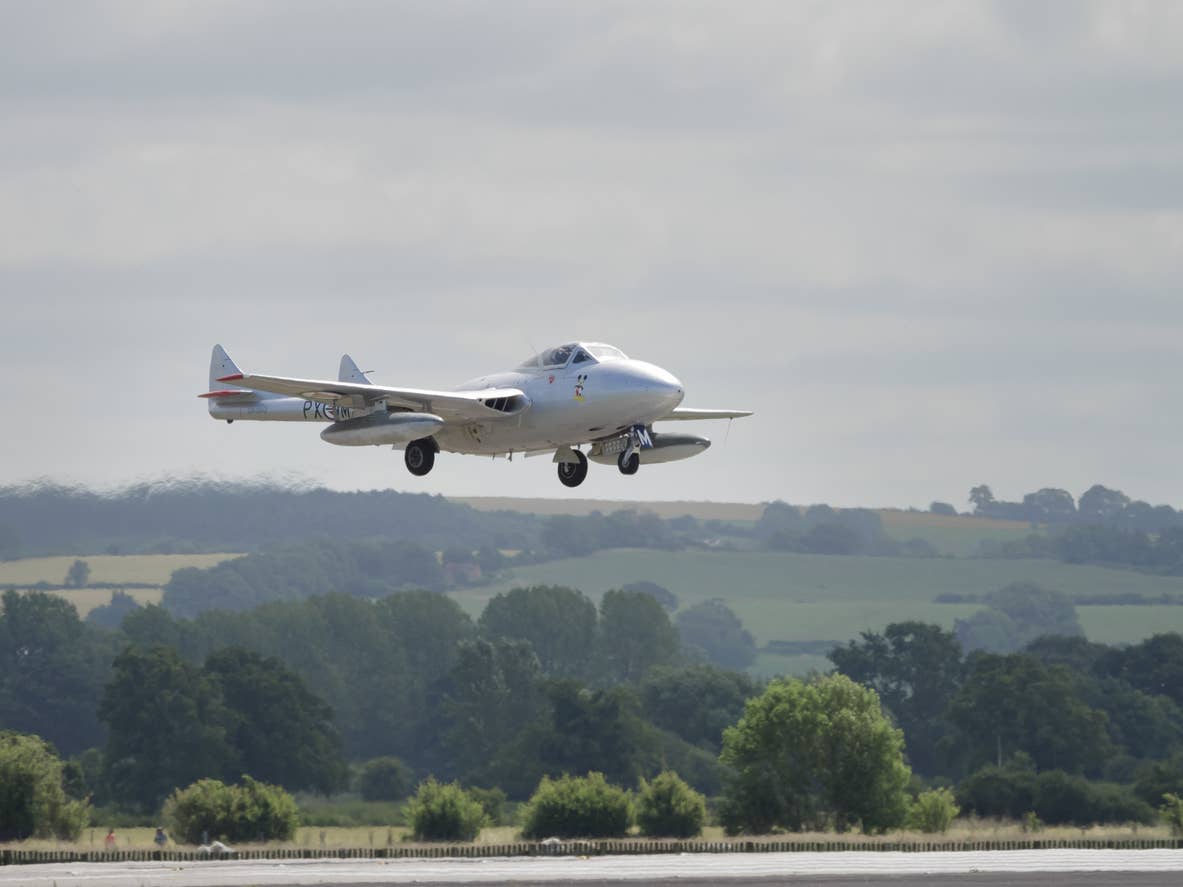Barbie’s Reach to the Sky
The iconic fashion doll may have a new movie out, but she’s long played a role inspiring women in aviation.

If you know a woman with a career in aviation or the sciences, chances are good she has a collectible Barbie doll celebrating her career. [Credit: Shutterstock]
If you know a woman with a career in aviation or the sciences, chances are good she has a collectible Barbie doll celebrating her career. Barbie was created to inspire girls to pursue occupations past motherhood.
That may be difficult to envision, given the release of the Barbie movie starring Margot Robbie and Ryan Gosling, which has been described as a comedy served up on a platter of pink. The film opens nationwide Friday.
Barbie the Role Model
The iconic plastic doll was introduced to America in 1959. The toy was created by Ruth Handler, who with her husband, Elliot, owned Mattel Toys. The Handlers had a daughter, and Ruth noted that all the dolls on the market were babies, as if to encourage little girls to become mothers. She pitched the idea of an adult doll that could have different careers. The first dolls were fashion models, secretaries, and teachers—then Barbie, like her human counterparts, started expanding her horizons.
For girls who wanted these careers outside of the home, seeing Barbie do it was inspiring.
Full disclosure: I have never owned a Barbie. The closest I came is a Tribute to Valor doll (collectible) that is a Women Airforce Service Pilot (WASP). It was a gift from a friend a few years back. I preferred to play with space toys or play pilot from the roof of my fort in the backyard. My sisters played with them, however, and I recall what a big day it was when my younger sister received the Barbie Friendship playset, which was an airliner.
The playsets were basically plastic and vinyl boxes that stored the dolls, but when opened were stages for play, such as Barbie's Camper, Dream House, etc.
The Barbie Friendship was made to look like a United Airlines Boeing jet. It was white on the outside with red-and-blue stripes. When you opened it, it looked like an airliner in silhouette, with the nose and tail. The play stage inside is a galley because in the 1970s Barbie was a stewardess.
Fast-forward to the 1980s. Around this time, the term stewardess was dropped in favor of the gender-neutral flight attendant, and more women entered the cockpit as pilots. Airline Pilot Barbie, wearing a uniform with a tie and cap, is released.
Later versions of Airline Pilot Barbie came with a doll-sized roller bag as an accessory. On the back of the doll packaging it reads: "Want to be an airline pilot?" then provides tips like "study hard and graduate from college," "Fly at least 35 hours" (we are to assume Barbie trained in a Part 141 program), "Pass tests writing and talking about airplanes," "be at least 21 years old," and "Prove you can fly alone, at night, across the country, and using on the instrument dials in the airplane." Obviously, it is an oversimplification of what it takes to be a professional pilot, but perfect for the target age group of 6-year-olds.
The box also has a list of facts about aviation, including this note: "About 2 percent of all the commercial pilots in the world are women."
Barbie soon obtained a jet of her own that came in purple, pink, blue, or yellow. The jet was usually sold separately.
Mattel also did a dual release: Barbie as a pilot and Ken, her gentleman friend (no one is really sure what the real story is about their relationship) joined her as a flight attendant.
Barbie Joins STEM
In 2001, the National Science Foundation introduced the STEM program (science, technology, engineering, and mathematics) as a means of getting more girls interested in careers in the sciences. The designers of Barbie quickly pounced on this new market.
In addition to Airline Pilot Barbie, Air Force Pilot Barbie and Army Officer Barbie made the scene, as did Astrophysicist Barbie, complete with a plastic telescope, and Astronaut Barbie with a plastic space helmet and glow-in-the-dark space rocks. A Black version of astronaut Barbie was also released. Today, Mattel produces the dolls in multiple skin tones, eye and hair colors, hairstyles, and body types.
Although Mattel will not release the actual sales numbers, in 2021 it was noted that more than 86 million Barbie dolls have been sold around the world.

Subscribe to Our Newsletter
Get the latest FLYING stories delivered directly to your inbox






